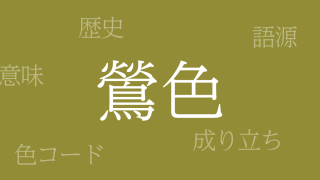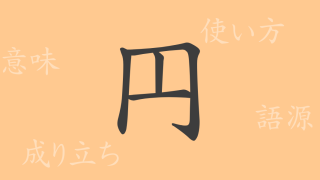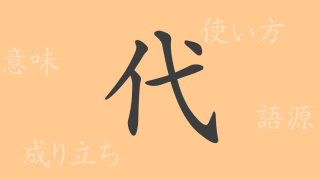Colors reflect emotions and cultures like mirrors. Among Japan’s traditional colors, “Rikyu-Nezumi (利休鼠 – りきゅうねず)” holds a special place, deeply rooted in Japan’s tradition, culture, and history, and continues to enchant many. This article explores the subtle allure of Rikyu-Nezumi, delving into its history, the significance of its hues, and its application in modern design.
About Rikyu-Nezumi (利休鼠 – りきゅうねず)
Rikyu-Nezumi is a unique Japanese color, a deep gray tinged with green. Named after Sen no Rikyu, a historical figure often regarded as the father of the Japanese tea ceremony, this color originates from the preferred hues of his tea rooms. Reflecting Japan’s aesthetic of valuing natural scenery and materials, Rikyu-Nezumi offers a subtle yet profound taste, used in clothing, architecture, and various designs.
The History of Rikyu-Nezumi
The history of Rikyu-Nezumi dates back to the 16th century, during the era of Sen no Rikyu, who established the aesthetic of ‘wabi-sabi’ in the tea ceremony, emphasizing harmony with nature. Rikyu-Nezumi embodies his philosophical views through its simple yet profound and serene hue, becoming extensively used in tea utensils and tea rooms. Its value has remained unchanged over the ages and continues to be cherished today.
Rikyu-Nezumi Color Code
To replicate Rikyu-Nezumi in digital designs or print, the accurate color codes are essential. Here are the codes:
- HEX: #888E7E
- RGB: R:136 G:142 B:126
- CMYK: C:54 M:41 Y:51 K:0
International Name of Rikyu-Nezumi
The international names for Rikyu-Nezumi are “Rikyu-Nezumi Grey” or “Rikyu Grey”. Named after Sen no Rikyu, these names are used to describe this unique shade in Western contexts as well. Recognized globally under these names, Rikyu-Nezumi serves as an example of how Japanese traditional colors are appreciated worldwide.
Summary of Rikyu-Nezumi
Rikyu-Nezumi, embodying the spirit of Japanese tea ceremony and the aesthetics of wabi-sabi, has a longstanding history in Japanese culture. Its tranquil hue continues to be loved in fashion, interior design, and art, solidifying its status as a staple Japanese traditional color. Utilizing the color codes for Rikyu-Nezumi, consider incorporating this elegant and historical hue into your own creative projects.

























